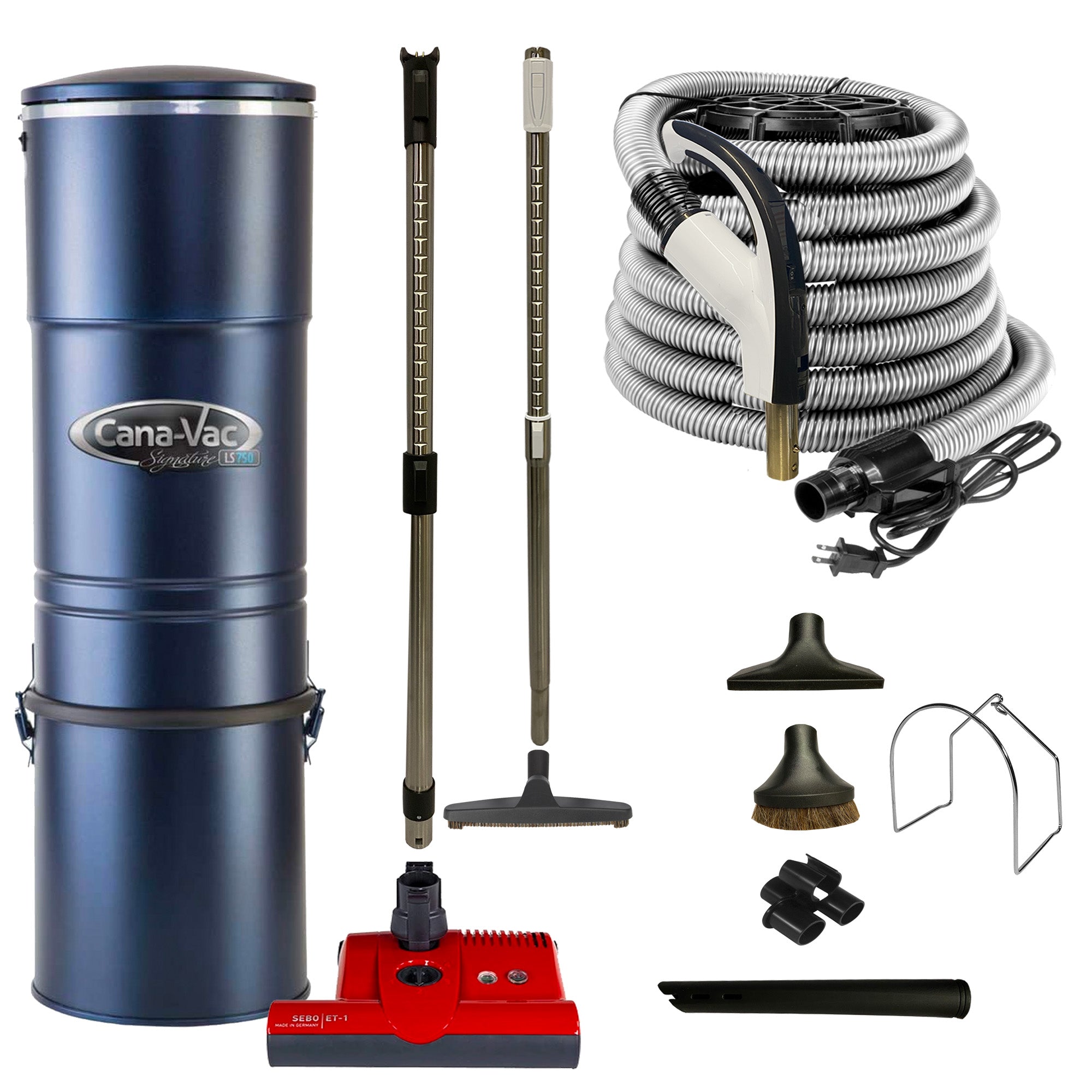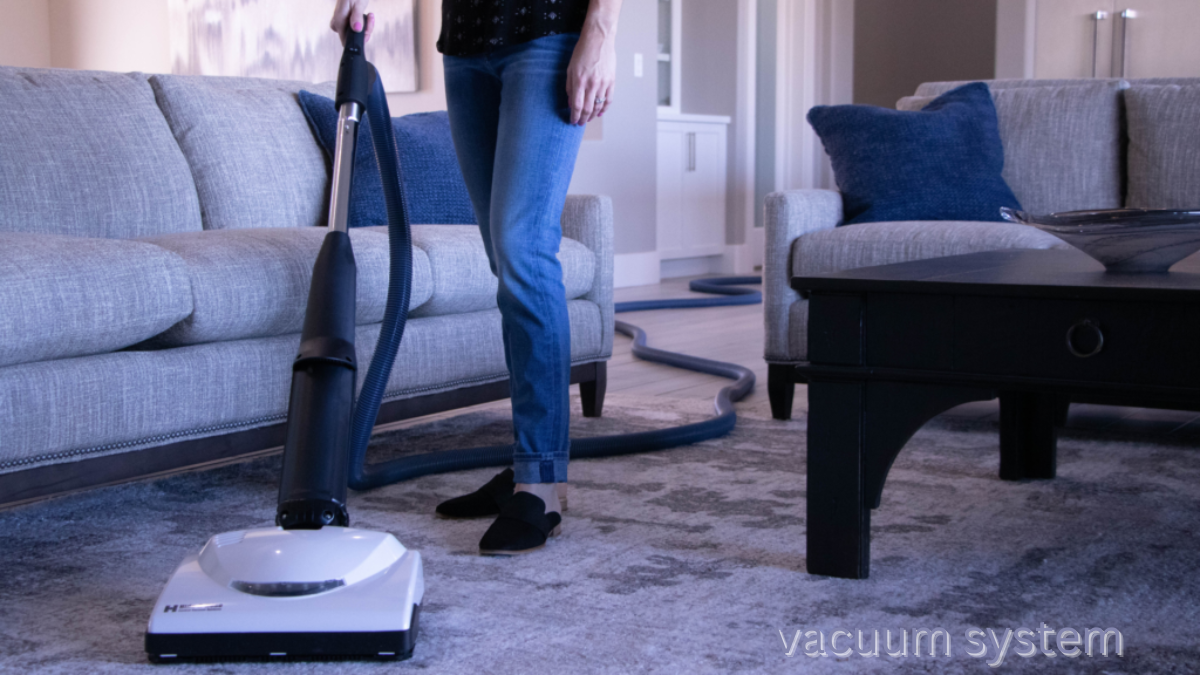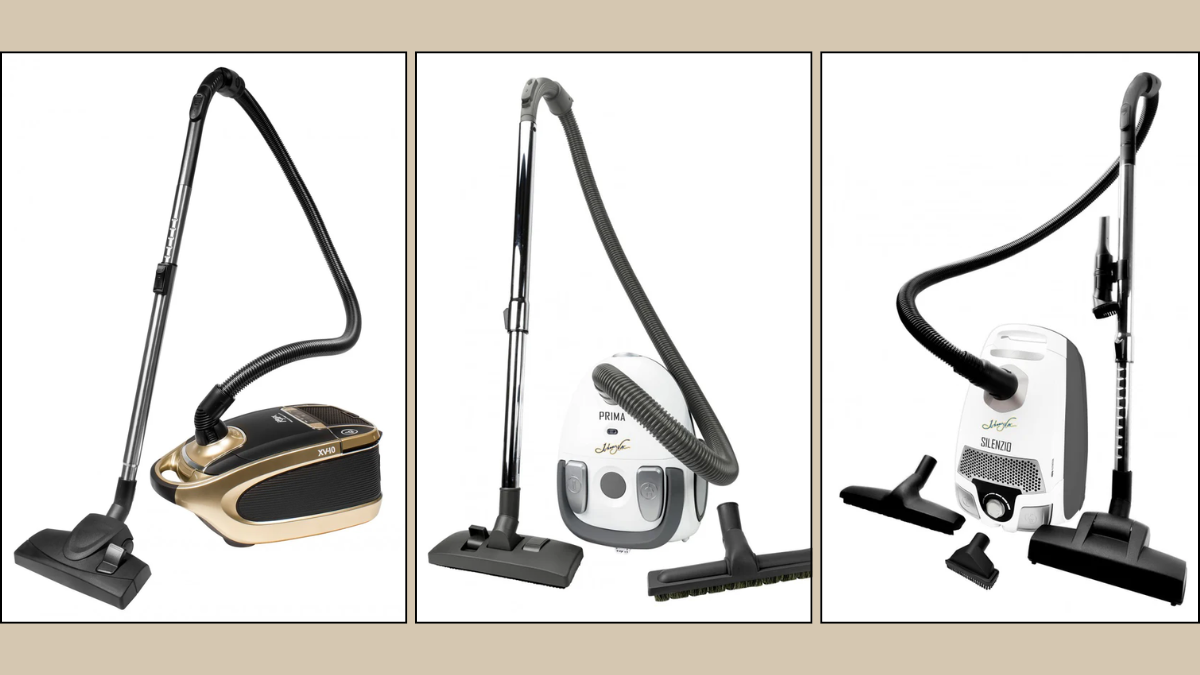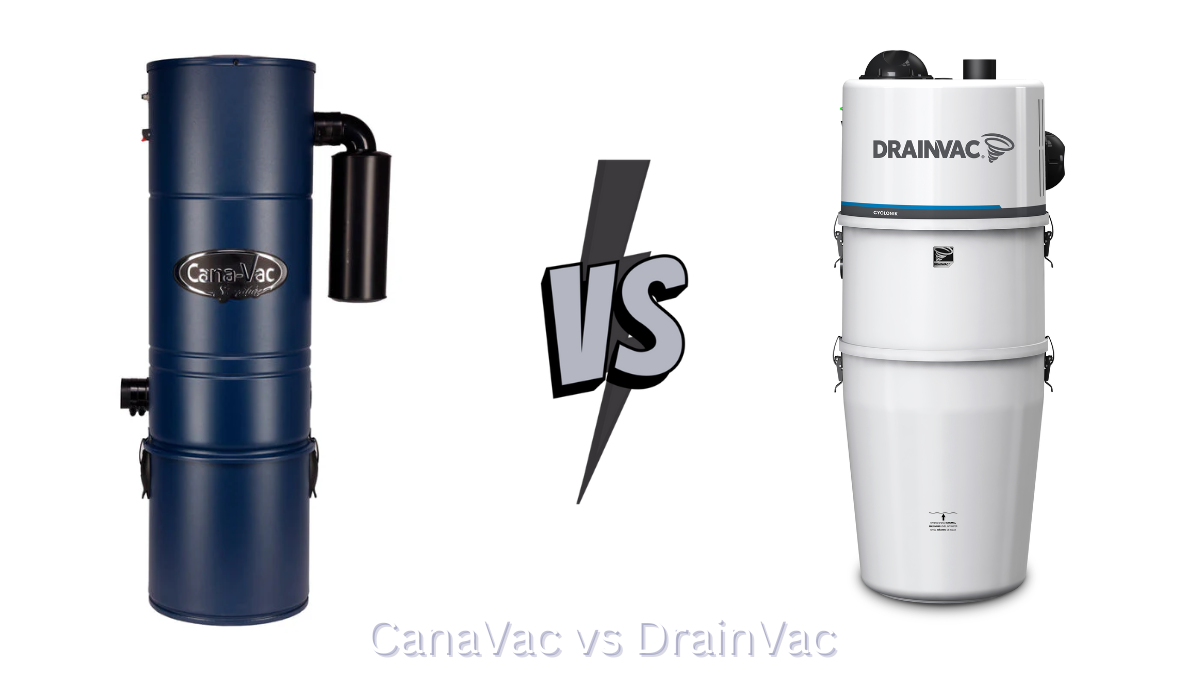10 Common Vacuum System Problems and How to Fix Them
A powerful vacuum system is the backbone of a clean and healthy environment, whether in a home, laboratory, or industrial facility. But what happens when that reliable hum turns into a worrisome whine, or when its suction seems to disappear? Before you consider a costly replacement or service call, many common issues have surprisingly simple solutions.
This guide will walk you through ten frequent vacuum system problems, helping you diagnose the issue and get your machine back to peak performance quickly and safely. Always remember to unplug your vacuum before attempting any inspection or repair.
1. Loss of Suction Power
This is the most common complaint. If your vacuum isn't picking up as it should, the cause is usually a blockage or a filter issue.
How to Fix It:
Check the Hose: Detach the hose from both ends and look through it. A common culprit is a small object lodged inside.
Inspect the Wand and Tools: Use a long, flexible object like a broom handle to clear any blockages in the wand or attachments.
Empty the Bag/Canister: A full bag or dust cup is a primary cause of weak suction. Empty it, and if you use a bag, replace it. Don't try to overfill them.
Examine the Filters: Most vacuums have multiple filters (pre-motor, post-motor, and HEPA). A clogged filter chokes the airflow. Check your user manual for their location, and clean or replace them as recommended.
2. The Vacuum Doesn't Turn On
It’s the most basic of failures, but don’t panic.
How to Fix It:
Check the Outlet: Plug another appliance into the same outlet to ensure it's working.
Inspect the Power Cord: Look for any visible damage, cuts, or burns. Frayed cords are a fire hazard and need professional replacement.
Check the Circuit Breaker: The vacuum may have tripped a GFCI outlet or a circuit breaker. Reset them and try again.
3. The Brush Roll Isn't Spinning
If the vacuum runs but doesn't pick up debris from carpets, the motorized brush roll (beater bar) likely isn't engaging.
How to Fix It:
Clear the Obstruction: Turn the vacuum over and manually rotate the brush roll. You'll often find a tangled mass of hair, string, or carpet fibers wrapped around the ends. Use scissors or a seam ripper to carefully cut and remove it.
Check the Drive Belt: If the roll spins freely by hand but not when powered, the drive belt may be broken or stretched. Consult your manual for instructions on accessing and replacing it.
4. The Vacuum Overheats and Shuts Off
Modern vacuums have thermal cut-off switches to prevent motor damage from overheating.
How to Fix It:
Let it Cool Down: Unplug the vacuum and allow it to cool for at least 30-60 minutes.
Address the Cause: Overheating is typically caused by a blockage, a full bag/filter, or a dirty filter. Once cooled, go through the steps for "Loss of Suction" to clear the airflow path before restarting.
5. A Burning Smell
A burning odor is a serious warning sign that demands immediate attention.
How to Fix It:
Unplug Immediately: Do not continue to run the vacuum.
Identify the Source:
-
Rubber Belt: A new belt can have a breaking-in period with a slight rubber smell. A strong, persistent burning rubber smell usually indicates a slipping or broken belt that needs replacement.
- Motor: A sharp, acrid smell could point to an overheating motor. If the motor itself is the source, it likely requires professional service.
6. Unusual Noises (Grinding, Squealing, Clattering)
Your vacuum should have a consistent motor hum. Strange new noises are a cry for help.
How to Fix It:
Grinding or Scraping: This often means a foreign object (a rock, coin, etc.) is caught in the brush roll or fan. Inspect and clear the brush roll and the hose intake.
High-Pitched Squealing: This is frequently a sign of a worn-out or slipping drive belt.
Loud Clattering: Could indicate a broken plastic component or a serious issue with the motor's fan blades. If the source isn't obvious, seek a professional diagnosis.
7. Dust is Being Ejected from the Vacuum
If you see dust puffing out from the machine, you have an escapee.
How to Fix It:
Check the Bag Installation: If you use bags, ensure they are installed correctly and the compartment is sealed tightly.
Inspect Seals and Gaskets: Over time, the foam or rubber seals around the dust cup or bag compartment can degrade. Clean them and ensure the lid is locking securely.
Replace the Filter: A missing, damaged, or improperly seated filter will allow fine dust to bypass the system and be blown back into the air.
8. The Vacuum is Difficult to Push on Carpets
This is usually a height adjustment issue.
How to Fix It:
Adjust the Setting: Most vacuums have a dial or lever to raise or lower the cleaning head. For thick pile carpets, set it to a higher position. For hard floors, set it to the lowest setting.
9. The Hose Detaches or Leaks Air
A poor connection between the hose and the vacuum body wastes suction.
How to Fix It:
Inspect the Connectors: Look for cracks or broken clips on the plastic wand and hose ends. Sometimes, they simply aren't pushed in all the way and clicked into place. If a connector is broken, you can often order a replacement part.
10. A Damaged Power Cord
This is a critical safety issue.
How to Fix It:
Do Not Use: Using a vacuum with a damaged cord is a severe electrical hazard.
Professional Repair: For your safety, the entire power cord should be replaced by a qualified technician. Do not attempt to splice or tape it.
When to Call a Professional
If you've gone through these troubleshooting steps and the problem persists, or if you suspect a motor or complex electrical issue, it's time to contact an authorized service center. A professional can safely diagnose and repair your machine, extending its lifespan and ensuring your safety.
About Essential Vacuum Components and Tools
Cen tec systems
Cen tec Systems is renowned for designing durable and highly efficient central vacuum systems for both residential and commercial applications. Their focus on robust motors, advanced filtration, and quiet operation provides a powerful, whole-building cleaning solution that adds convenience and value to any property. With a reputation for reliability and innovative features, Cen tec Systems offers a permanent solution to dust and allergen management.
Vacuum crevice tool
A vacuum crevice tool is an indispensable accessory for any thorough cleaning routine. Its slim, angled design is specifically engineered to reach into the tight, narrow spaces that standard floor tools can't access, such as along baseboards, between appliances and cabinets, and in the corners of stairs and upholstery. This tool ensures that no speck of dust or debris is left behind, making it essential for achieving a deep, comprehensive clean.
Carpet brush
A dedicated carpet brush, or upholstery tool, is designed for gentle yet effective surface cleaning. Unlike a motorized beater bar, it uses soft bristles to agitate and lift embedded pet hair, lint, and dust from delicate fabrics on sofas, chairs, auto interiors, and even curtains. This tool allows you to refresh and maintain your soft furnishings without risking damage from a more aggressive cleaning head.
Crevice tools
Crevice tools are the long, thin attachments that are vital for precision cleaning. They excel at navigating the challenging geometry of your living space, effortlessly sliding into the gaps behind radiators, along window tracks, and between car seats. No cleaning toolkit is complete without a reliable crevice tool to tackle the accumulated grime in these hard-to-reach areas.
Crevice cleaning brush
A crevice cleaning brush combines the extended reach of a traditional crevice tool with the scrubbing power of integrated bristles. This hybrid design is perfect for dislodging stubborn, caked-on dust from vents, blinds, or the tracks of sliding doors before suctioning it away. It effectively loosens debris while simultaneously vacuuming it up, streamlining your cleaning process.
Centec vacuum hoses
Centec vacuum hoses are built to last, constructed from high-quality, flexible materials that resist kinking and crushing to maintain optimal airflow. They are engineered to seamlessly connect to Cen tec Systems' inlet valves, ensuring a perfect, airtight fit that preserves the full suction power of the central vacuum unit from the wall to your hand.
Centec vacuum hose
The specific design of a Centec vacuum hose often includes ergonomic handles and lightweight durability for user comfort during extended cleaning sessions. It is a critical component that acts as the main artery of your central vacuum system, delivering powerful suction wherever you need it throughout your home or facility.
Centec Systems
Synonymous with quality and performance, Centec Systems provides integrated cleaning solutions that go beyond ordinary portable vacuums. Their central vacuum systems are a built-in feature that offers unparalleled suction, improved indoor air quality by venting dust outside, and the ultimate convenience of not having to lug a heavy unit from room to room.
Vacuum wands
Vacuum wands, or extension tubes, are the rigid sections that connect the hose to the cleaning tools, allowing you to clean floors and high surfaces without bending over. Typically made from lightweight but sturdy aluminum or plastic, they are adjustable and lock securely in place, providing the reach needed to comfortably clean ceilings, ceiling corners, and under furniture.
Canada’s Trusted Source for Vacuum Parts & Accessories
Vacuum Parts Canada is your premier online destination for all vacuum-cleaning needs, offering a comprehensive range of replacement parts, accessories, and full vacuum systems. Whether you’re outfitting a central vacuum, upgrading residential or commercial units, or sourcing specialty hoses, filters, and power heads, this site promises quality, variety, and reliability. With free shipping on orders over $99, a best-price guarantee, and responsive customer support through phone and email, Vacuum Parts Canada makes it easy and cost-effective to keep your cleaning equipment running at its best.





Leave a comment
This site is protected by hCaptcha and the hCaptcha Privacy Policy and Terms of Service apply.